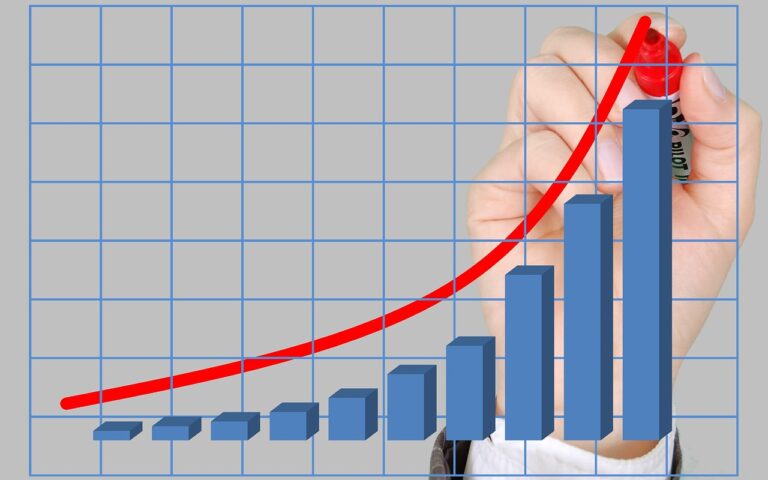What is Investing?
Investing is a way of allocating money or resources in the hopes of generating an income or profit. The future value of every investment is a function of its present price; whether it be positive or negative. The objective of investing is to produce a positive return.
Examples of Investments
Stocks, Bonds, Mutual Funds, ETFs, Real Estate, Bank Products, Options, and Annuities


The History of Investing
The term investing dates back to the period between the 17th and 18th centuries, when the development of the first public markets connected investors with investment opportunities.
Fun Fact: The NYSE (New York Stock Exchange) was established in 1792.
How Do I Start Investing With my Money?
Myth: Investing is for the wealthy.
Fact: Investing is not reserved for the wealthy. You can invest nominal amounts. For example, you can purchase low-priced stocks, deposit small amounts into an interest-bearing savings account, or save until you accumulate a target amount to invest.
Different investments have different levels of risk and offer different rates of return. For example, investing in property is more risky than investing in bonds.
Determining your risk tolerance will allow you to best choose your investment type. Book a meeting with a financial advisor to get help with your investments.
Why Should You Invest?
Investing allows you to put your money in vehicles that have the potential to earn strong rates of return. If you don’t invest, you are missing out on opportunities to increase your financial worth.
The power of compound interest is not known enough. With the power of compound interest and time, your investments will grow at an exponential rate; and in turn will let your money work for you.

Source: All Business, Investopedia, Business Insider

Let’s take a look at an example: The S&P 500 is an index of the 500 largest U.S traded companies. The average return over the last 10 years was 13.6%.
Your initial investment of $1,000.00 into the S&P 500 plus your monthly investment of $150.00 at an annualized interest rate of 13.6% will be worth $87,808.57 after 15 years when compounded yearly.
Total value of your investment: $87,808.57
Total Interest Earned: $59,808.57
Calculating Compound Interest:
Compound interest = total amount of principal and interest in future (or future value) less principal amount at present (or present value)
= [P (1 + i)n] – P
= P [(1 + i)n – 1]
Where:
P = principal
i = nominal annual interest rate in percentage terms
n = number of compounding periods

Source: All Business, Investopedia, Business Insider
Important disclosures:
The articles posted on 3i Financial are not intended to provide specific advice or recommendations for any individual and for general information only. All contents and information are believed to be from verified sources; 3i Financial makes no representation as to its completeness or accuracy.
Contact a 3i Financial Group Advisor today to learn more.

